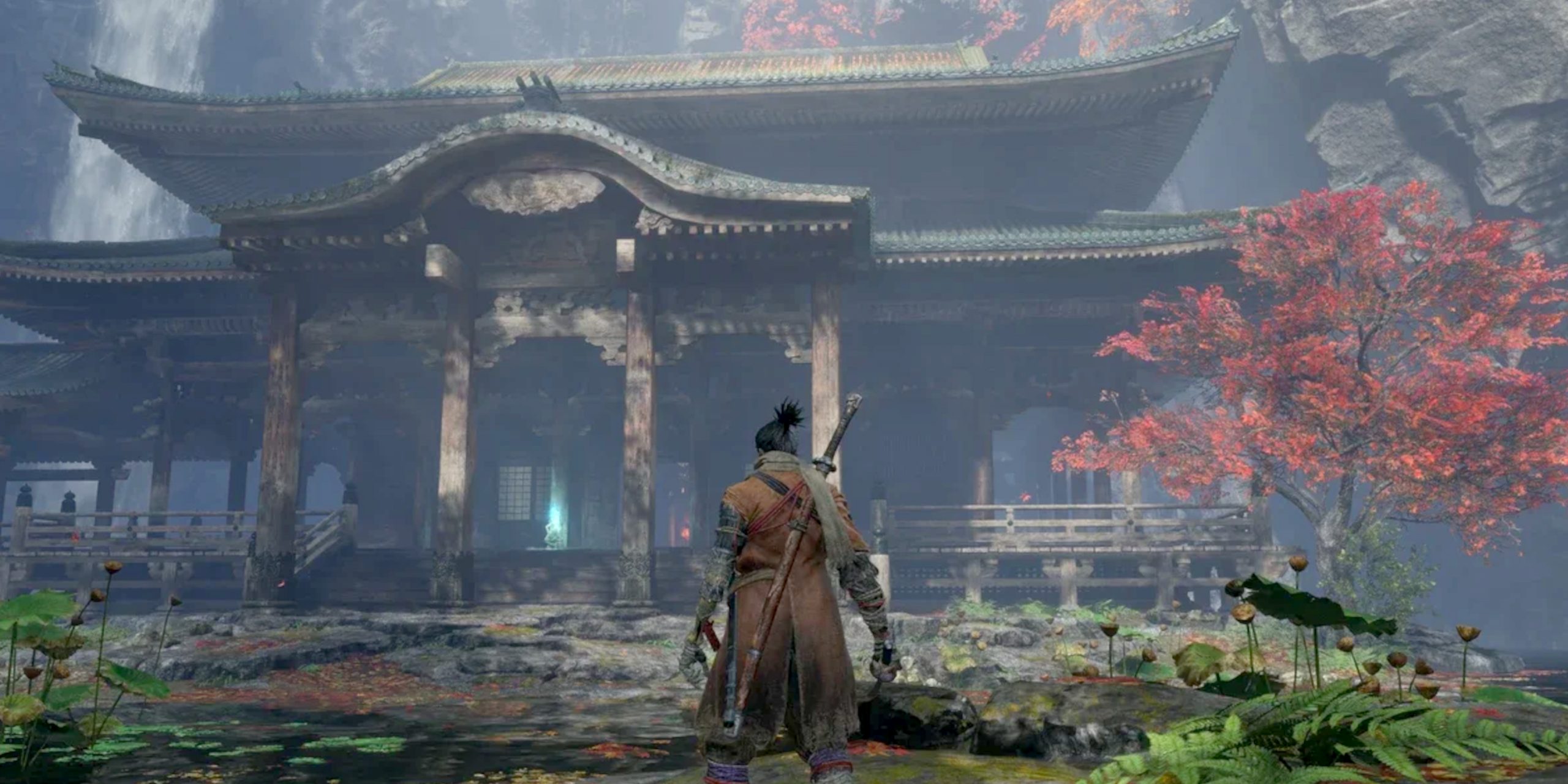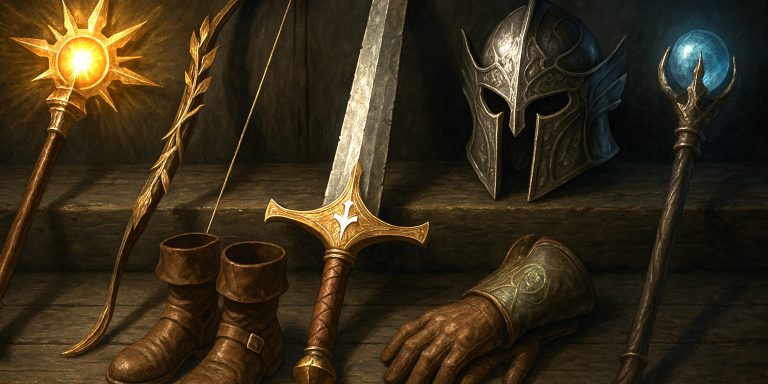
5. The Monkeys of the Inner Sanctum – Symbolic Guardianship and the Trickster Archetype
The folding screen monkeys encountered in Senpou Temple may seem absurd at first glance, but they reflect deeper folkloric traditions. In Japanese myth, monkeys are liminal figures. They can serve as divine messengers or mischievous tricksters, depending on the context. The puzzle-like boss fight draws from this duality. The monkeys are guardians of a spiritual realm, aligned with the idea that divine knowledge is often obscured by illusion or play. The use of invisibility and distraction mirrors how sacred truths in Shinto and esoteric Buddhism are often hidden from plain sight, requiring insight to uncover.
4. The Centipede and Infestation – A Perverse Form of Immortality
One of Sekiro’s recurring motifs is the grotesque presence of giant centipedes inhabiting monks and warriors. This infestation isn’t just horror imagery for shock value. In Japanese folklore, centipedes are feared and seen as omens of corruption and death. In Sekiro, they represent a warped path to eternal life, mimicking resurrection without the spiritual enlightenment usually required. This corrupted immortality ties into Buddhist notions of samsara, where attachment to life causes endless cycles of rebirth and suffering. These infested beings are not truly alive or dead, reflecting a desecration of natural and spiritual order.
3. Shura – The Path of Burning Madness and Buddhist Cosmology
The game’s Shura ending draws from Buddhist cosmology, where “Shura” refers to a realm of ceaseless conflict, fuelled by wrath and ego. Those who become Shura are trapped in a cycle of violence, consumed by hatred. This is not merely a personal fall from grace but a metaphysical descent. Sekiro’s potential transformation into a Shura is a warning rooted in Buddhist morality: power without compassion leads to self-destruction. The narrative deliberately leaves this path available to the player, underscoring the constant tension between discipline and vengeance.
2. The Divine Dragon and the Everblossom – Shinto Deification and Otherworldly Descent
The Divine Dragon represents a foreign god, whose roots lie in East Asian dragon mythology, yet filtered through Shinto ideas of kami (divine spirits). The dragon’s origin from the West, hinted at in-game, reinforces its position as an alien and almost transcendent force. It is not merely a boss, but a symbol of divine authority, rain, renewal, and cosmic order. The Everblossom tree it is linked to carries connotations of seasonal life and divine beauty, similar to the cherry blossom in Shinto rituals, which symbolises both transience and sacred presence.
1. The Fountainhead and Dragon’s Heritage – Immortality, Bloodlines, and the Sacred Source
At the heart of Sekiro’s mythology is the Fountainhead Palace, a place that blends Shinto purity with imperial grandeur. This origin point of immortality, where water is both a literal and spiritual conduit, taps into deep currents in Japanese thought. Water in Shinto is often a means of purification, but here, it becomes a means of stagnation when misused. The Dragon’s Heritage, passed through blood, is a sacred but burdensome gift, evoking the idea that divine favour is double-edged. Kuro’s desire to sever immortality is not a rejection of the gods but a return to balance. The game uses this to ask how power drawn from the divine should be wielded, and whether spiritual gifts can be ethically used by mortals.
Seven Swords takeaway
Sekiro’s mythological fabric is tightly interwoven with real Japanese belief systems, not merely as background but as active drivers of its world and characters. By turning religious iconography into gameplay and storytelling, it draws on centuries of tradition while questioning the cost of immortality, the lure of power, and the meaning of spiritual purity.



